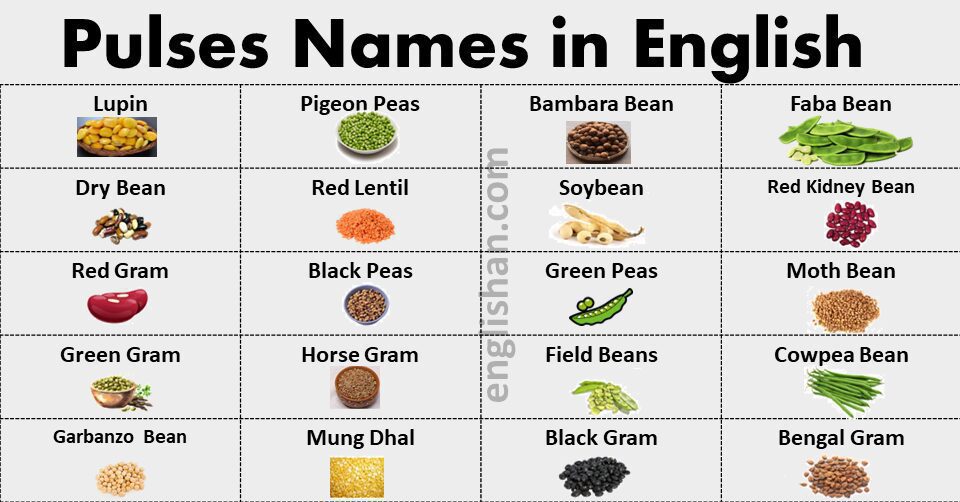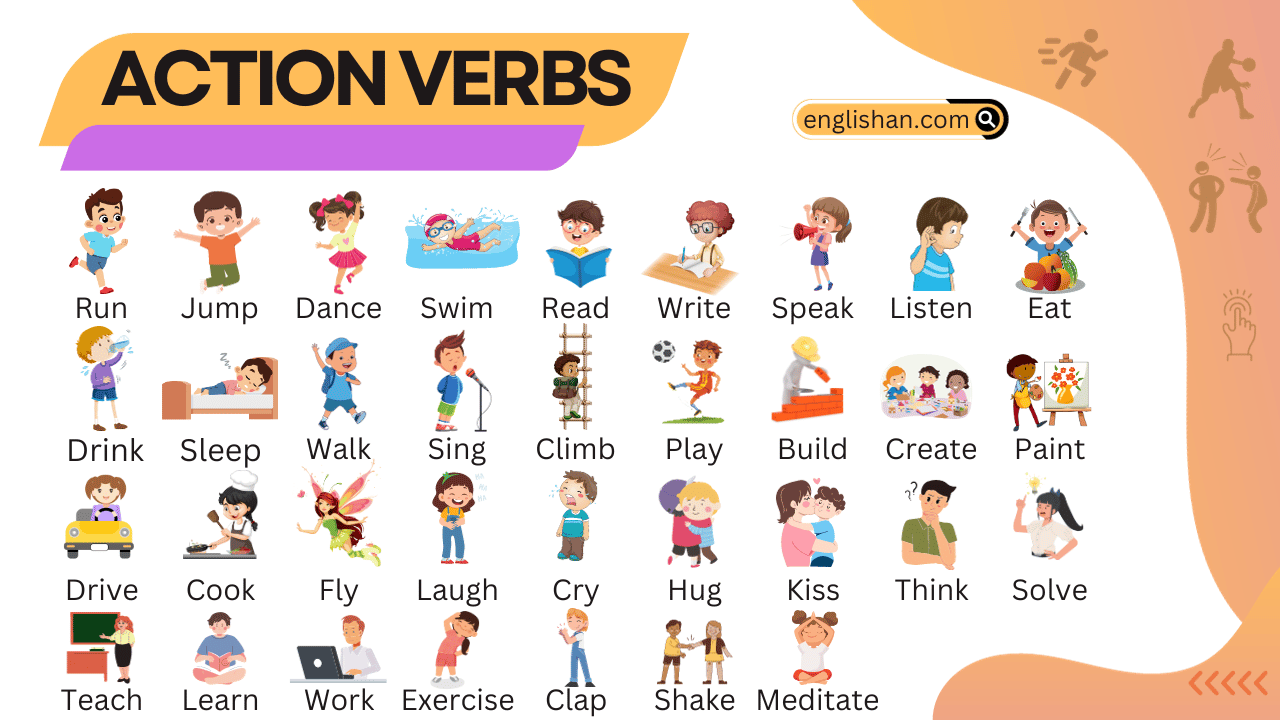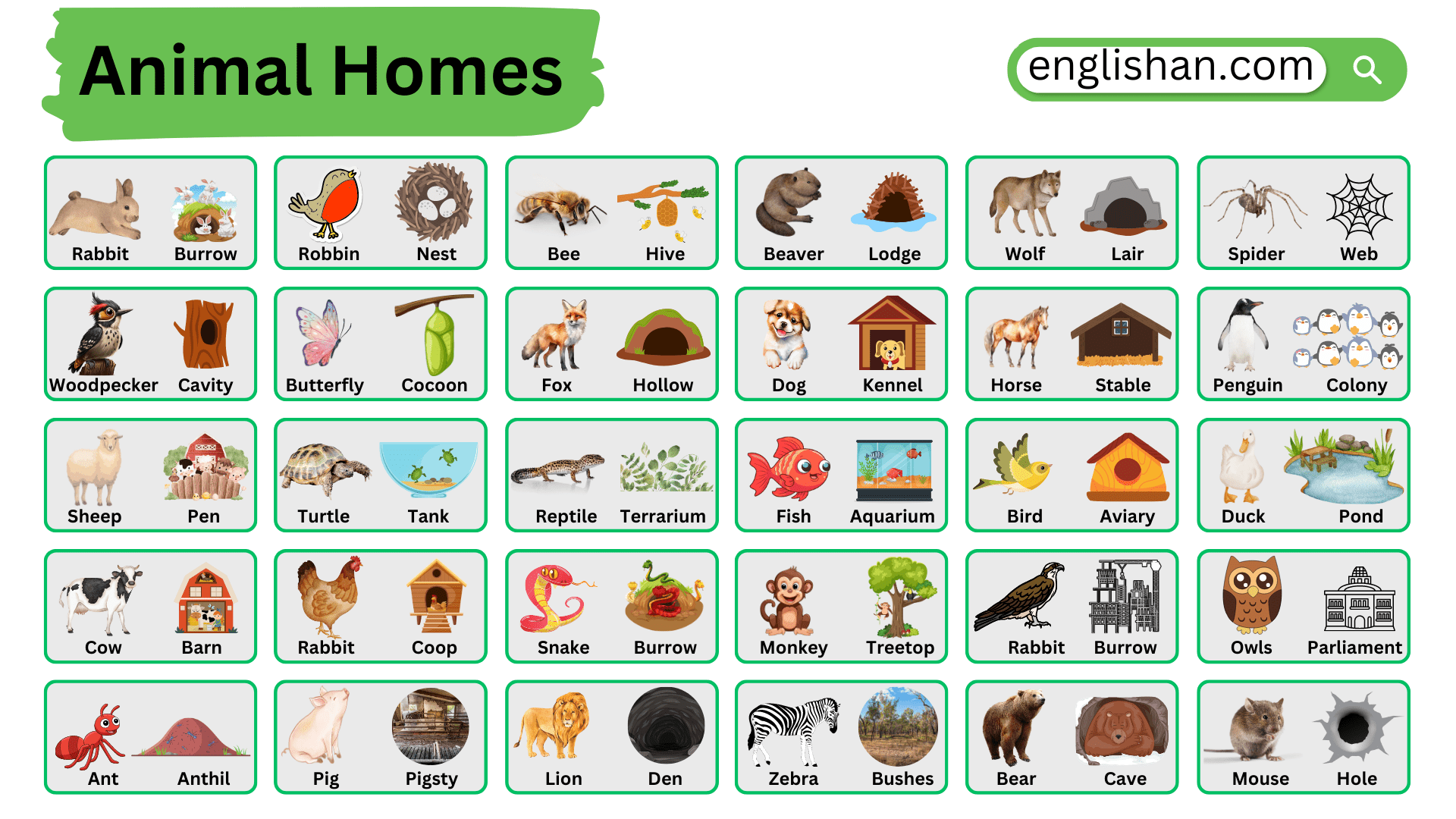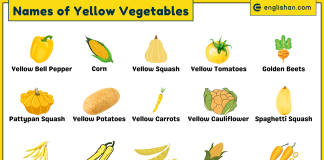Contents
This is a comprehensive guide to Pluses Name in English, with information on their nutritional value, and recipes that use common pulses.
Pulses are a group of leguminous crops that are harvested for their seeds. They are a significant source of protein, fiber, vitamins, and minerals in many parts of the world. Some common pulses include lentils, chickpeas, black beans, kidney beans, pinto beans, navy beans, mung beans, cowpeas, and pigeon peas.
Pluses Name in English
Lupin
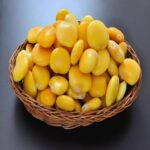
Pulse lupin, also known as narrow-leafed lupin, is a legume crop that is grown for both human consumption and animal feed. One of the main benefits of pulse lupin is that it is a good source of protein, with a protein content of around 35% to 40%. This makes it a valuable crop for vegetarians, vegans, and others who are looking for plant-based sources of protein.
Dry Bean
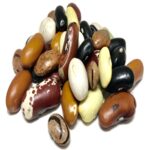
Pulse dry beans, which include kidney beans, pinto beans, black beans, navy beans, and others, are a nutritious and versatile food that can provide a range of health benefits. Pulse dry beans are a versatile ingredient that can be used in a wide range of dishes, including soups, stews, salads, and dips.
Red Gram

Pulse Red Gram, also known as Pigeon Pea or Arhar Dal. Pulse Red Gram is a rich source of plant-based protein, providing around 22 grams of protein per 100 grams of raw beans.
Green Gram
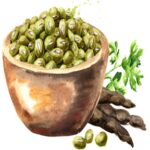
Pulse Green Gram, also known as Mung Bean, is a small, green-colored legume that is widely cultivated in Asia and other parts of the world. Pulse Green Gram is a rich source of plant-based protein, providing around 24 grams of protein per 100 grams of raw beans.
Garbanzo Bean
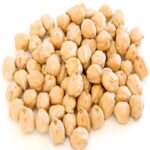
Pulse the garbanzo beans in short bursts until they are coarsely chopped, resembling a grainy texture. Be sure to scrape down the sides of the bowl periodically to ensure even processing. garbanzo beans are a good source of fiber, protein, and important micronutrients such as iron and folate.
Pigeon Peas

Pulsed pigeon peas can be used in a variety of dishes, including soups, stews, curries, and salads. They can also be used to make falafel-like fritters or add to veggie burger patties for added texture and flavor. Pigeon peas are a good source of protein, fiber, and micronutrients such as potassium and magnesium, making them a nutritious addition to any meal.
Red Lentil

Pulsed red lentils can be used in a variety of dishes, including soups, stews, curries, and dips. They are a great source of protein, fiber, and micronutrients such as iron and folate, making them a nutritious addition to any meal. Lentils can also be used as a gluten-free alternative to flour in baking, adding both nutrition and flavor to baked goods.
Black Peas
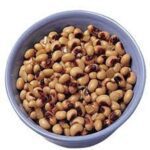
Pulsed black-eyed peas can be used in a variety of dishes, including dips, salads, and soups. They are a good source of protein, fiber, and micronutrients such as folate and manganese, making them a nutritious addition to any meal. Black-eyed peas are also a staple ingredient in Southern cuisine, often used in dishes such as Hoppin’ John and black-eyed pea salad.
Horse Gram
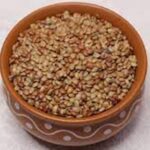
Pulsed horse gram can be used in a variety of dishes, including soups, stews, curries, and dips. It is a great source of protein, fiber, and micronutrients such as iron and calcium, making it a nutritious addition to any meal. Horse gram is a staple ingredient in Indian cuisine, often used in dishes such as rasam.
Mung Dhal
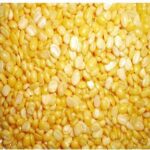
Mung Dal, also known as Moong Dal, is a type of lentil that is commonly used in Indian cuisine. It is a small, green lentil that is easy to cook and has a mild, nutty flavor.
Bambara Bean
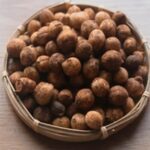
the Bambara bean has also been found to have potential health benefits. Studies have shown that it may help to lower cholesterol levels, reduce the risk of heart disease, and improve blood sugar control in people with diabetes.
Soybean
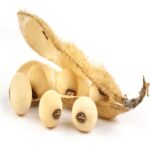
Soybean (Glycine max) is a legume that is widely cultivated for its edible beans, which are an important source of protein and oil. Soybeans are a complete protein source, which means they contain all of the essential amino acids that the human body needs to function properly.
Green Peas

Green peas are a good source of fiber, protein, vitamins, and minerals. They are particularly high in vitamin K, vitamin C, vitamin A, and folate. Green peas are a versatile and nutritious addition to any diet and can be enjoyed as a tasty and healthy snack or as part of a larger meal.
Field Beans
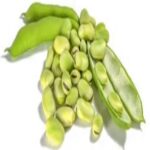
Field beans, also known as broad beans, are a type of legume that is widely cultivated for its edible seeds. Field beans are a good source of protein, fiber, vitamins, and minerals. They are particularly high in folate, iron, and magnesium. They also contain a range of beneficial plant compounds, including flavonoids and phytosterols, which have been linked to various health benefits.
Black Gram
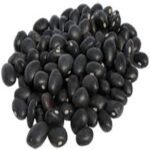
Black gram (Vigna mungo) is a type of legume that is commonly grown in South Asia. Black gram is a rich source of protein, dietary fiber, and several important vitamins and minerals, including iron, potassium, magnesium, and folate. It is also a low glycemic index food, which means it can help regulate blood sugar levels.
Faba Bean
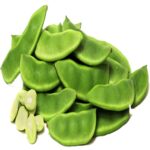
Faba bean (Vicia faba) is a cool-season legume crop that is widely grown in many parts of the world for food, feed, and forage purposes. Faba beans are highly nutritious, containing protein, fiber, vitamins, and minerals such as iron, zinc, and potassium.
Red Kidney Bean
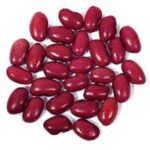
Red kidney beans are a good source of protein, fiber, and essential nutrients such as iron, potassium, and folate. They are also low in fat and calories, making them a healthy addition to any diet.
Moth Bean

The moth bean is a small, brown, oval-shaped bean that is high in protein and fiber, and low in fat. It is commonly used in soups, stews, curries, and salads, and is often sprouted and used in sandwiches and wraps. Moth beans can also be ground into flour and used to make a variety of traditional Indian flatbreads, such as papad.
Cowpea Bean
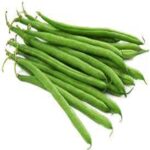
Cowpea beans are an important source of protein, vitamins, and minerals in many parts of the world, especially in Africa. The beans can be consumed fresh or dried, and they are often used in soups, stews, and salads. In addition to being a nutritious food source, cowpea beans are also used as animal feed, and their leaves and stems are used for forage.
Bengal Gram
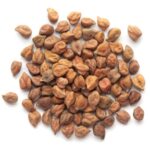
Bengal Gram is an important source of protein, fiber, and other essential nutrients, and it is widely used in various cuisines around the world. The seeds can be consumed in many forms, including whole, ground into flour, or processed into a variety of products such as hummus, falafel, and chana masala.
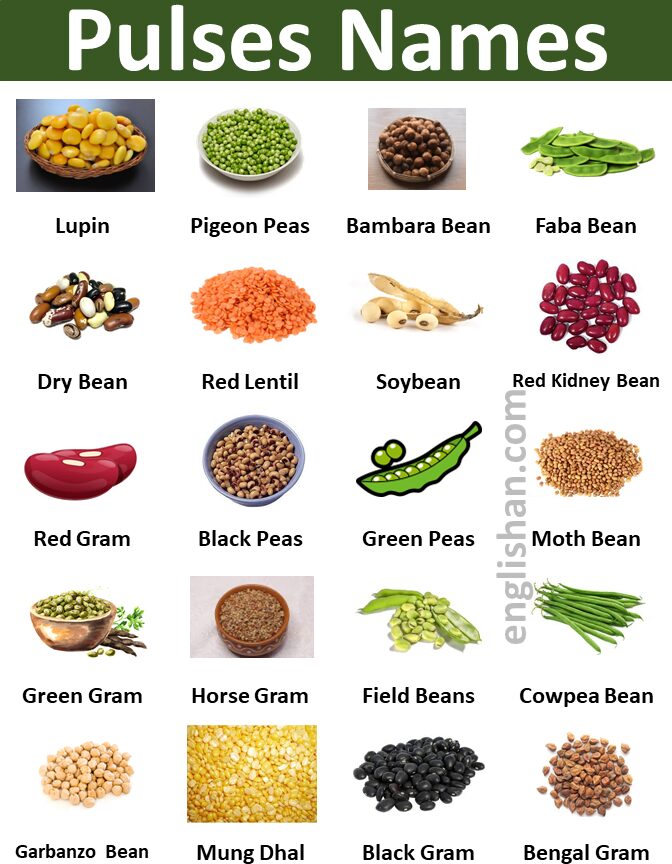
FAQs
Here are 12 types of pulses in English:
1. Lentils
2. Chickpeas
3. Kidney beans
4. Black beans
5. Pinto beans
6. Green peas
7. Yellow peas
8. Split peas
9. Mung beans
10. Lima beans
11. Adzuki beans
12. Fava beans
Here are some types of pulses:
1. Navy beans
2. Red lentils
3. Black-eyed peas
4. Garbanzo beans
5. Cranberry beans
6. Broad beans
7. Cowpeas
8. Tepary beans
9. Winged beans
10. Scarlet runner beans
11. Moth beans
12. Bambara beans
These are additional types of pulses commonly used in cooking.
Here are 10 types of cereals and 10 types of pulses:
12 Types of Cereals:
1. Wheat
2. Rice
3. Corn (Maize)
4. Barley
5. Oats
6. Rye
7. Millet
8. Sorghum
9. Quinoa
10. Buckwheat
10 Types of Pulses:
1. Lentils
2. Chickpeas
3. Kidney beans
4. Black beans
5. Pinto beans
6. Green peas
7. Yellow peas
8. Split peas
9. Mung beans
10. Lima beans
These are commonly known cereals and pulses.
The Hindi name for lentils is दाल (dal). Different types of lentils may have specific names, such as:
1. Masoor dal (मसूर दाल) – Red lentils
2. Toor dal (तूर दाल) – Pigeon peas
3. Moong dal (मूंग दाल) – Mung beans
4. Chana dal (चना दाल) – Split chickpeas
Moong dal is called mung beans in English. When split and peeled, it is commonly referred to as yellow moong dal.
You May Also Like
